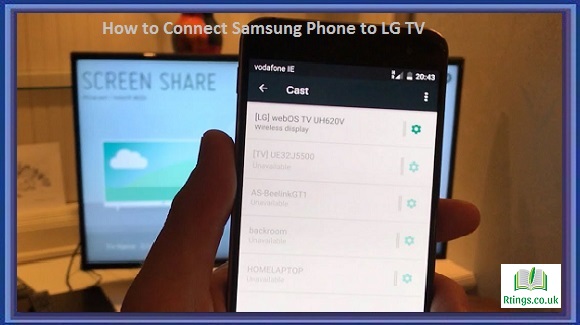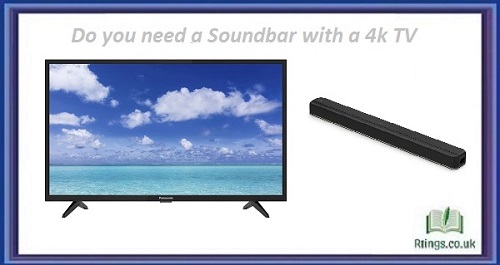In display technology, refresh rate is a pivotal factor that significantly impacts the quality of visual experiences. It refers to the frequency at which a display updates its image per second. A higher refresh rate translates to smoother motion and reduced motion blur, which are critical considerations for a wide range of applications, including gaming, video playback, and general computing. In this comprehensive exploration, we will delve into the significance of refresh rate, how it works, its effects on different scenarios, and its interplay with other display attributes.
The Basics of Refresh Rate
Defining Refresh Rate
The refresh rate is measured in Hertz (Hz) and indicates how many times per second a display updates its content. For instance, a refresh rate of 60Hz means the display refreshes the image 60 times per second.
Frame Rate and Refresh Rate
Refresh rate is often associated with frame rate, the number of individual frames (images) displayed in one second. The two terms are interrelated: a higher frame rate requires a higher refresh rate to declare each frame properly.
Understanding Motion Blur and Flicker
Low refresh rates can lead to motion blur and flicker, particularly when displaying fast-moving content. Motion blur occurs because the display holds the same image for longer, causing smudging in fast-motion scenes. Conversely, a flicker can lead to eye strain and discomfort.
Effects of Refresh Rate in Different Scenarios
Gaming
In gaming, a higher refresh rate is highly desirable. It results in smoother animations, reduces input lag, and enhances the fluidity of fast-paced games. Refresh rates of 120Hz, 144Hz, or even 240Hz are common among gaming monitors, as they provide a competitive advantage by minimizing motion blur.
Video Playback
Higher refresh rates can improve video playback quality by reducing judder and motion artefacts, creating a more immersive experience for movies and TV shows.
Productivity and General Use
A standard 60Hz refresh rate is sufficient for most tasks for general computer usage. However, a higher refresh rate can make tasks like scrolling, dragging, and navigating interfaces feel smoother and more responsive.
VR and AR
Virtual reality (VR) and augmented reality (AR) systems require even higher refresh rates (e.g., 90Hz or 120Hz) to prevent motion sickness and ensure a comfortable user experience.
Refreshing Techniques and Display Types
Adaptive Sync
Adaptive sync technologies like NVIDIA G-Sync and AMD FreeSync synchronize the display’s refresh rate with the frame rate of the graphics card. This eliminates screen tearing and ensures smoother gameplay.
OLED and LCD Displays
OLED displays have inherently faster response times and can provide smoother visuals even at lower refresh rates. LCDs, while common, may exhibit motion blur due to slower response times.
Overclocking
Some monitors and graphics cards allow overclocking, where users can push the refresh rate beyond the standard specifications. However, this may lead to increased power consumption and reduced display lifespan.
The Push for Higher Refresh Rates
Evolution of Gaming
The gaming industry has been a driving force behind the push for higher refresh rates. As competitive gaming gains popularity, players demand monitors that can keep up with the speed and intensity of their gameplay.
Technological Advancements
Advancements in display technology, such as faster response times, improved panel manufacturing, and better graphics processing units (GPUs), have enabled higher refresh rates without sacrificing quality.
Immersion and Experience
A higher refresh rate contributes to a more immersive experience by minimizing visual artefacts, making the virtual world more natural and responsive.
Conclusion
In the dynamic landscape of display technology, refresh rate plays a pivotal role in determining the quality of visual experiences. As gaming, multimedia, and virtual experiences become increasingly integral to our lives, the demand for higher refresh rates continues to rise. The ability to enjoy smoother animations, reduced motion blur, and enhanced responsiveness significantly enhances the user experience, whether in competitive gaming, cinematic immersion, or productivity tasks. As technology advances, we can expect refresh rates to continue evolving, enabling us to explore new levels of visual fluidity and engagement.
Frequently Asked Questions (FAQs)
Why does refresh rate matter?
Refresh rate is vital because it determines how smoothly images and motion are displayed on a screen. A higher refresh rate, measured in Hertz (Hz), leads to smoother visuals with reduced motion blur, making it crucial for gaming and fast-paced content. Common rates include 60Hz, 120Hz, and 144Hz. Higher rates enhance gaming experiences by reducing lag and motion artefacts. In contrast, lower rates lead to discomfort and motion blur, especially in rapid scenes. Refresh rate impacts diverse scenarios, from gaming and video playback to general use. It significantly affects the quality of visual experiences and determines how fluidly displays present content.
How does the refresh rate impact displays?
Refresh rate influences how smoothly images change on a screen. Measured in Hertz (Hz), it indicates how many times the screen updates its content per second. Higher refresh rates, like 120Hz or 144Hz, result in smoother motion and reduced blur, which is crucial for gaming and fast content. Lower rates lead to discomfort and motion blur. A higher refresh rate enhances gaming experiences by reducing lag and improving visual clarity. It’s important for tasks like video playback and general use, too, affecting the overall visual quality and user experience of displays.
What is the importance of refresh rate?
Refresh rate is crucial as it defines how often a display updates its content per second, measured in Hertz (Hz). Higher refresh rates, like 120Hz or 144Hz, provide smoother motion and reduced blur, which is particularly beneficial for gaming and fast-paced content. Lower rates can lead to motion blur and discomfort during rapid scenes. Refresh rate significantly impacts gaming experiences, video playback, and general usage by affecting the quality of visuals and user comfort. It’s a critical factor in determining how smoothly images and motion are displayed on screens, enhancing overall visual quality and engagement.






